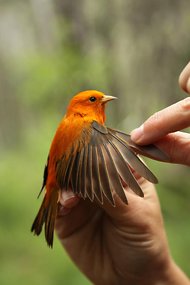
Loxops coccineus
TAXONOMY
Loxops coccineus Gmelin, 1789.
OTHER COMMON NAMES
French: Loxopse des Hawaп; German: Akepa; Spanish: Akepa.
PHYSICAL CHARACTERISTICS
5 in (12.5 cm); 4–6 oz (10–12 g). Male mostly bright orange, female
gray-green with a paler underside. Bill is distinctive feature;
it has a lower tip bent to one side, as in the crossbills (Loxia spp).
DISTRIBUTION
Big Island of Hawaii. Extinct on Oahu, probably extinct on
Molokai.
HABITAT
Old growth koa and ohia forest, wet and mesic, 3,610–6,890 ft
(1,100–2,100 m) above sea level.
BEHAVIOR
Lively and nimble forager. Male’s call is high-pitched, descending
trill.
FEEDING ECOLOGY AND DIET
Uses its unusual bill to pry apart scales of buds to reach tiny
insects inside; caterpillars are main diet.
REPRODUCTIVE BIOLOGY
Monogamous. Pairs form from July through September, start
nest building in March, female lays eggs anytime from mid-
March to late May, hatchlings fledge by end of June. Both parents
feed chicks, but only female builds the cuplike nest. Males
undergo a long delay in attaining adult plumage. Second-year
males have mostly gray-green coloration like females, and
rarely try to breed. Third-year males are partially orange, and
small numbers breed; the next year males have full orange
plumage and full breeding capacity.
CONSERVATION STATUS
Listed as endangered federally, by state, and by the IUCN.
SIGNIFICANCE TO HUMANS
None known.
Other popular Animals
Photo Gallery of - Akepa
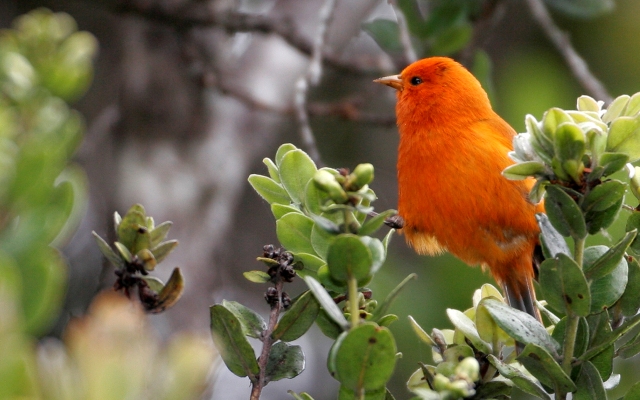
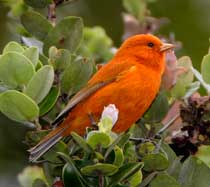
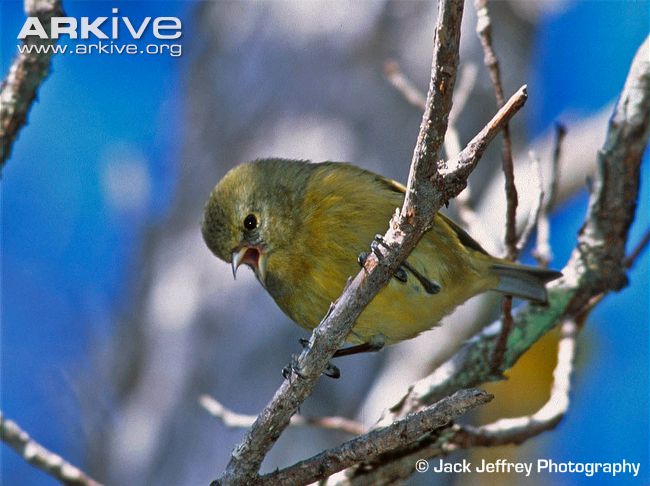
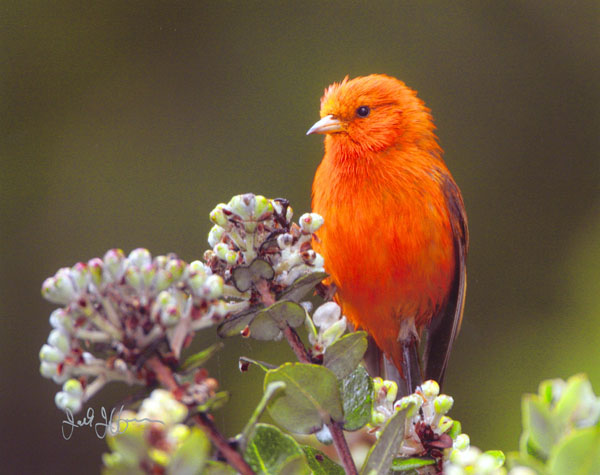
 Animalia Life
Animalia Life